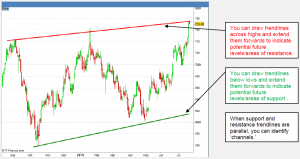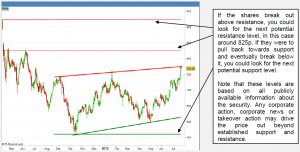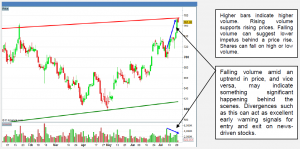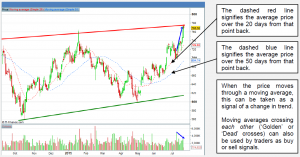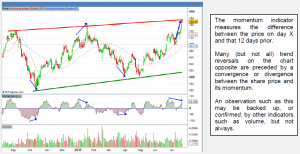Day Trading
When you read that a share price finished up 2%, it might not sound that exciting. However, if you were to know that over the course of the day the shares traded -5%, before rallying significantly to be +5% and then falling again before closing +2%, a very different picture is painted – that of a 10% high to low trading range. It is this type of share price activity that day traders look to capitalise on, and they are rarely left twiddling their thumbs as many stocks display these characteristics on a daily basis.Day traders look to ride the intra-day up moves and down moves in succession, taking profits and even going back in at each turning point. So it’s just trading intra-day (in fact, intra-day trading is a more suitable name for it). It’s not some new and complicated concept – just trading on a shorter time scale than you may be used to. With many shares trading in ranges of 5% - 10% on a daily basis, day trading provides you with the opportunity to make in one day what other investors might make in a year or more.

